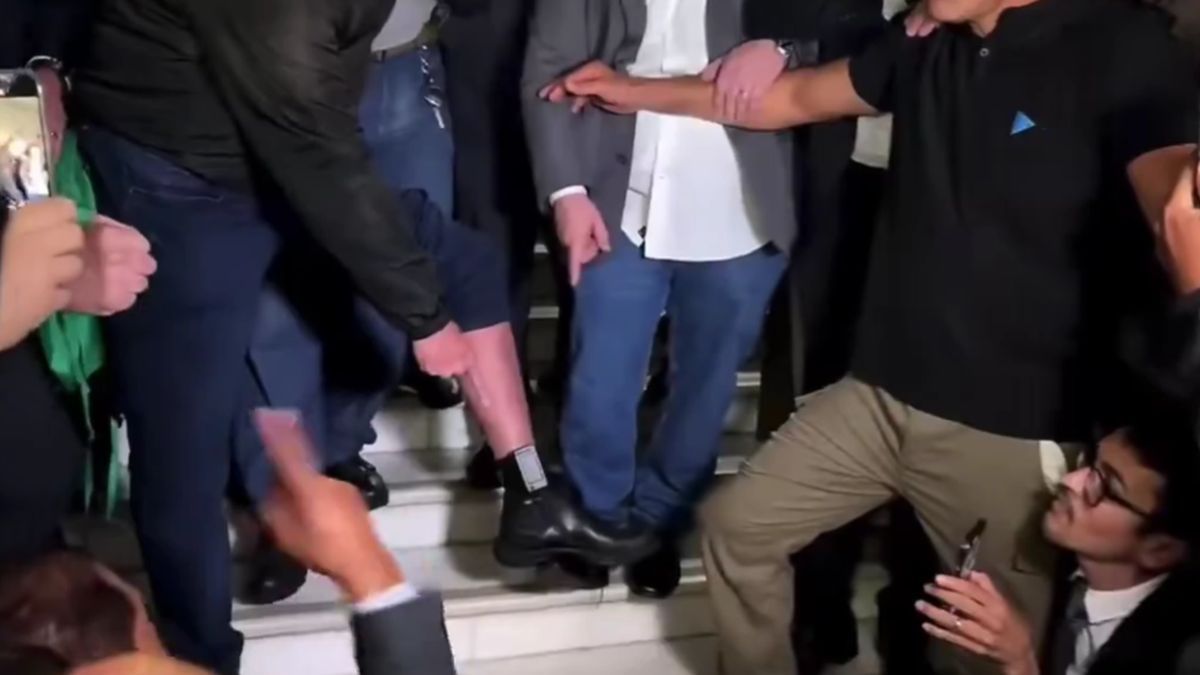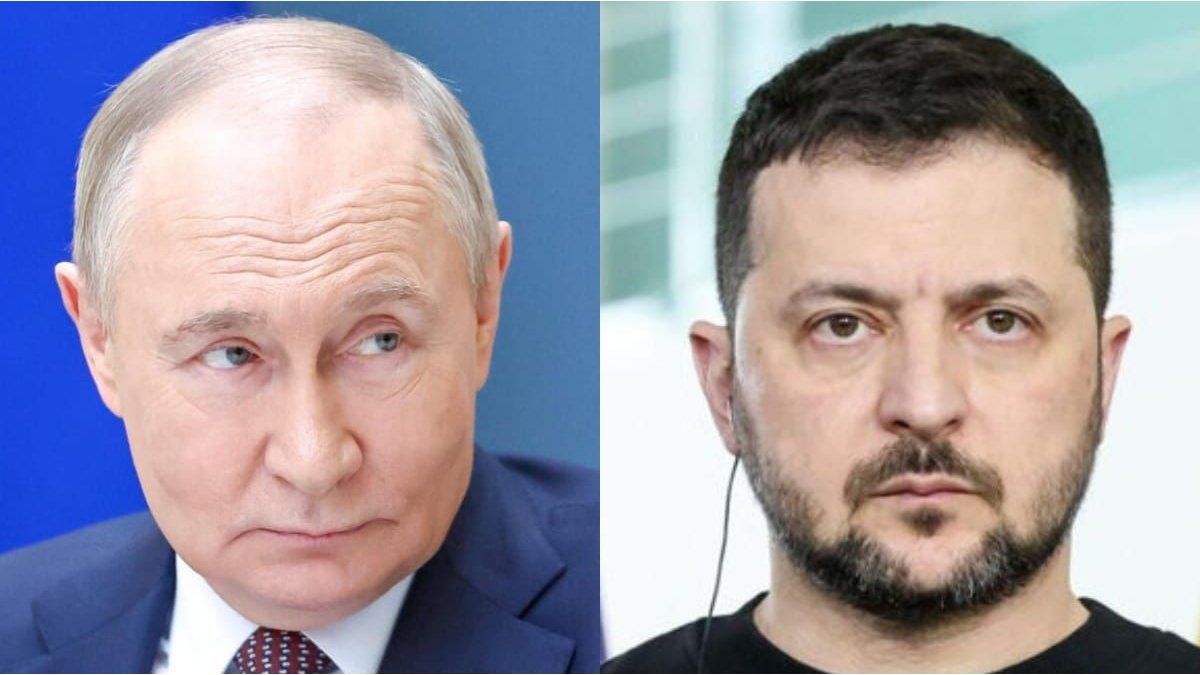On the day of his inauguration, the president Javier Milei predicted a inflation from among 20% and 40% for the next three months. Given this panorama, the question that arises among savers is what will happen to the Fixed deadlines how much would I have to raise the interest rate the Central Bank (BCRA) so that, at least, the saver does not loseboth against the dollar and with the rise in prices.
The nominal annual rate (TNA) today it is 133% and the monthly effective rate (TEM) is 11%, which is what a fixed term per month, so with the inflation data for November (12.8%), the saver lost against the price dynamics in the penultimate month of the year. The outlook is not at all encouraging for the next 100 days for placements in pesos. Not only did Milei’s words confirm this, but the “urgent” measures launched by the Ministry of Economy, which included a 54% devaluation of the local currency, will deepen the progressive decline of that instrument.
The analysts consulted by Ambit agree that, with an inflation that is expected to have a floor 30% for December and JanuaryAccording to JP Morgan, the TNA should be well above the current level to be truly positive. That is not going to happen for now since the central bank He has already made it clear that “he will keep the monetary policy rate unchanged.” In this way, heThe rate of the 28-day Liquidity Letters (Leliq) will remain at 133%. At the same time, it decided to reduce the rate of passive passes, which will be at 100%,” he said in a statement.
According to BCRA data on the evolution of the fixed-term deposits in pesosafter the ballot, that is, from November 21 to December 6, the latest data available, the placements in pesos fell almost 10% (9.5%), while the deposits that adjust for UVA, that is, for inflationincreased in that same period of time 4.8% and this responds, obviously, to the expected price increase.
Also, the last Survey of Market Expectations (REM) forecasts for December that the BADLAR rate of private banks will be 143.5%, equivalent to a monthly effective rate of 11.8%. For January, they expect an increase in the interest rate, which will reach 149.7% TNA, equivalent to a monthly return of 12.3%. Thus, with projected inflation, fixed terms are configured as the big losers in terms of investment instruments, at least during the first 100 days of the libertarian government.
Fixed terms: how much does the rate have to rise?
The analysts consulted by this medium agree that, in the short term, it is to be expected that fixed terms continue to flee and migrate to other instruments, such as the dollar. “In the face of inflation as high as expected, the containment interest rate should be a TEA of around 800%something that does not seem far-fetched at this point,” he maintains Joel Lupierifrom EPyCa Consultora.
The economist expresses himself along those same lines Federico Glustein, who poses a similar scenario for interest yield by pointing out that, if inflation is 20%, “the minimum monthly rate should be set there and, consequently, the annualized number cannot be less than 790% (TEA), so that it is profitable throughout the period, although, thinking that inflation is going to go down, it is most likely that the rate will rise by at least 2,000 basis points initially to try to sustain the fixed term,” says Glustein. .
fixed-term-investments-interest.jpg
Depositphotos
Likewise, Glustein points out that a large number of savers will stop renewing their positions in pesos to use those funds for payments and consumption, since “general income will decrease.” For Salvador Vitellifrom Romano Group, will also follow the trend of fixed-term disarmament and this will occur with banks rotating from repos to Liquidity Letters (LELIQS) because the Government decided to lower the rate of the former to encourage migration to the latter, which are longer-term instruments. That, under his gaze, translates into greater price pressure and financial assets.
And, in that context, Gaston Lentinian investor advisor, in a note to his clients literally advised “not renew placements“. For the analyst, the “term-fixer” is going to have a bad time, since “It is not going to beat inflation or the dollar“. One more time, “If you have acquaintances there, I suggest, recommend them, not renew them“says the analyst in his report.
Thus, it is advisable to migrate to other instruments, since the fixed term is no longer attractive and the Government has no interest in savers renewing their placements in pesosby not adjusting the monetary policy rate there are no incentives to maintain those positions.
Source: Ambito
I am a 24-year-old writer and journalist who has been working in the news industry for the past two years. I write primarily about market news, so if you’re looking for insights into what’s going on in the stock market or economic indicators, you’ve come to the right place. I also dabble in writing articles on lifestyle trends and pop culture news.




